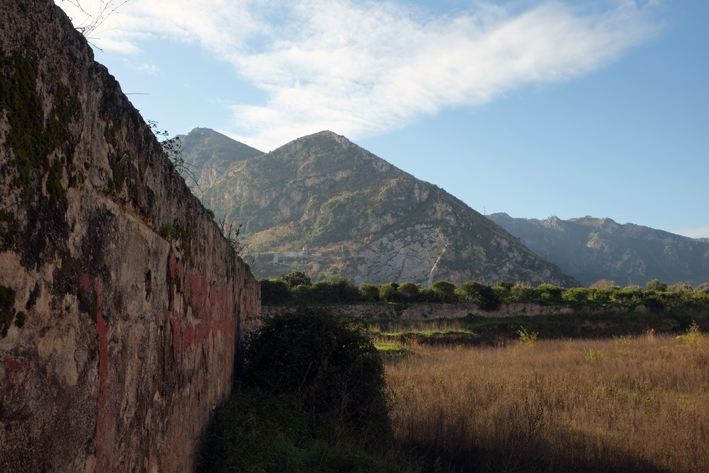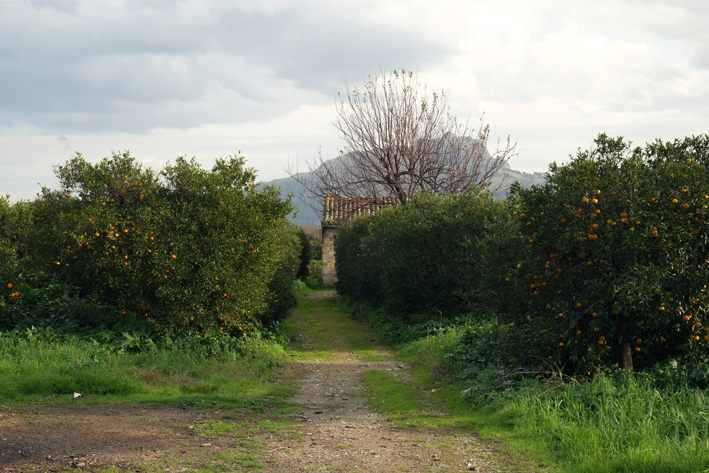
The 26th International Carlo Scarpa Prize for Gardens goes Maredolce-La Favara near Palermo, Italy.
Billboard
Skyscrapper
Halfpage
Maredolce-La Favara in Palermo, Italy, has been awarded the International Carlo Scarpa Prize for Gardens 2015. It is the 26th in the series of annual awards made by the Fondazione Benetton Studi Ricerche. Maredolce-La Favara lies at the heart of the Brancaccio District of Palermo, in an area that has come to be known as the Conca d’Oro, and which stands as a tangible reminder of landscape in the Arab and Norman civilisations in Sicily. Today the area is a vast depression, but in the past it was a huge reservoir with an irregularly shaped island at its centre and a magnificent palace standing on its edge. It now has ranks of recently-built houses on two sides. Within the hollow an area covering about twenty-five hectares contains a complex system of structures, hydraulic devices and an enormous citrus orchard, as well as the Norman palace.
The palace stood guard over Palermo, intercepting anyone who came in from the sea or by land from the Tyrrhenian Coast. It acquired the name Favara in the 10th century, an Arabic word for spring water, which is abundant in the neighborhood.
In the 14th century it became Maredolce, in celebration of the extraordinary “lake” that was so large it bore comparison with the nearby sea. The area was settled by the Romans, the Arabs and the Normans, and was kept fertile by irrigation techniques that combine the hydraulic expertise of the Romans with the innovations of the Arab agricultural revolution. Gardens full of palms and citrus trees, extensive plantations of sugar cane, vineyards and olive groves were all irrigated from a huge reservoir, with an island at its centre, whose wonders were celebrated by poets and travellers. On the island there was a royal residence that Ruggero II referred to as his sollazo. By this he meant not only the pleasure he derived from its gardens, but -also the experience the palace offered as a meeting point for different cultures – Byzantine, Arab and Norman – in its architecture, life styles and landscape, and in the exchange of ideas with the scholars and thinkers of the age. All this is in Palermo, on the island of Sicily at the centre of the Mediterranean, a confluence of the biological and cultural diversities of three continents.
Medium Rectangle
Halfpage














